In the United States the Parkinson’s Disease has affected more than one million People. It is Neurological disorder that can have a dangerous effect on a Person’s quality life. The substantia nigra is a part of brain and the losses of its nerve cells results Parkinson’s Disease.
Parkinson’s disease is nervous system disorder that affects on muscle control, coordination and movement. After Alzheimer, Parkinson’s is the second most common neurodegenerative disorder and affected approximately 10 million people worldwide. Parkinson’s characterized by the loss of dopamine producing nerve cells in the brain, which results symptoms such as slow movement, stiffness, tremor, and impaired balance and coordination.
The classification of Parkinson’s disease is based on signs and symptoms and the causes of disease where as Parkinson’s can be classified either Primary or Secondary. Primary Parkinson’s disease also classified as Idiopathic Parkinson’s (Unknown Cause) or Symptomatic (Known Cause).
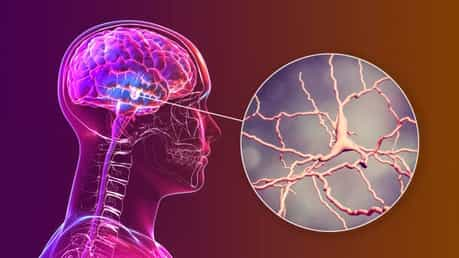
Parkinson’s disease is mainly classified into five main types:
- Idiopathic Parkinson’s – It is caused when brain nerve cells degenerate, which leads to decrease in dopamine production.
- Drug induced Parkinson’s – It is caused by certain medications which blocks the dopamine actions.
- Post encephalitic Parkinson’s – It is caused by previous brain infections and can cause serious neurological deficits.
- Vascular Parkinson’s – it is caused by stroke or other cerebrovascular disease and may cause paralysis or sensory deficits.
- Secondary Parkinson’s – It is another underlaying condition and may be associated with seizures or coma.
Parkinson’s is a progressive neurological disorder which affects the brain and cause many difficulties with balance and coordination, slow movement, rigidity and difficulty with fine motor control movement.
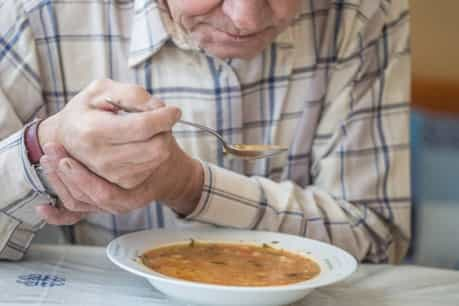
The symptoms of Parkinson’s vary from people to people but the common symptoms include.
- Tremors – It is rhythmic involuntary shaking or trembling of the body mainly in the hands, arms, head and in voice. Tremor can affect a person’s ability to perform everyday tasks.
- Rigidity – It causes muscle to resist the movement and remain to a fixed position which creates a difficulty for a person to perform everyday tasks.
- Cognitive Impairment – It is a condition where individual lacks in one or more areas of cognitive functioning, like memory, language, attention, decision making, perception.
Other symptoms include – poor balance, rigidity, movement slowness, speaking difficulty, changes in Facial expressions, swallowing difficulty, anxiety, depression.
Studies suggested that the mutations in specific genes may responsible for Parkinson’s Disease. Genes like PARK1, PARK2, PINK1 and LRRK2
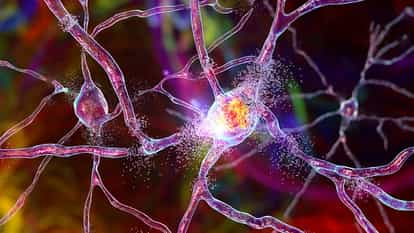
PARK 1 –
it is a genetic mutation located on the SNCA gene which give instructions for the production of protein called Alpha-synuclein. This protein clumps together in brain and form a lewy bodies structure which kills the dopamine producing brain cells.
PARK 2 –
It is also known as Parkin Protein. It gives the instruction for Parkin production. The parkin protein helps to remove the damaged or unnecessary proteins from cells, this is an important process for maintaining a healthy brain. PARK 2 Mutation kills the dopamine producing cells which results in the symptoms of Parkinson’s Disease.
PINK1 –
It gives the instruction for the production of PTEN – Induced Putative Kinase 1 protein, it is important for mitochondrial functioning which is critical of energy production in cells. PINK1 mutations failed to regulate mitochondrial functions, which results cells to fail in energy production.
LRRK2 –
It gives the instruction for the production of leucin rich repeat kinase 2 protein. It involves in cellular processes including regulations of cell growth and movement. Mutation failed to produce LRRK2 protein which results no growth and movement in cell.
Other reasons behind Parkinson’s include environmental factors like exposure to toxin like manganese or carbon monoxide which increases the risk of Parkinson’s.
The diagnosis is based on medical history, physical examination and the characteristic signs and symptomps.
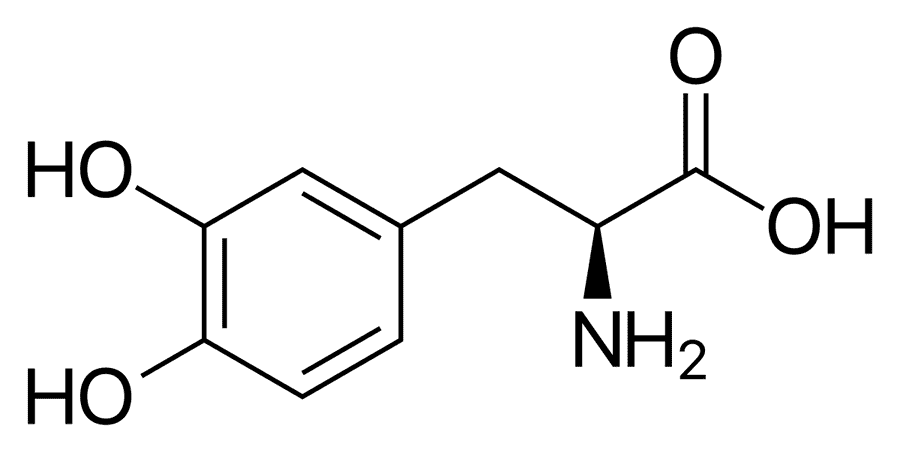
Levodopa (L-Dopa) is a precursor to dopamine helps to treat the Parkinson’s. It is neurotransmitter that is depleted in the brain of individual with PD. In the brain levodopa is converted to dopamine and help to refill the dopamine level. It is usually taken through tablet or capsule and can be combined with other medicine called carbidopa which protect the levodopa from breakdown before it reaches to brain.
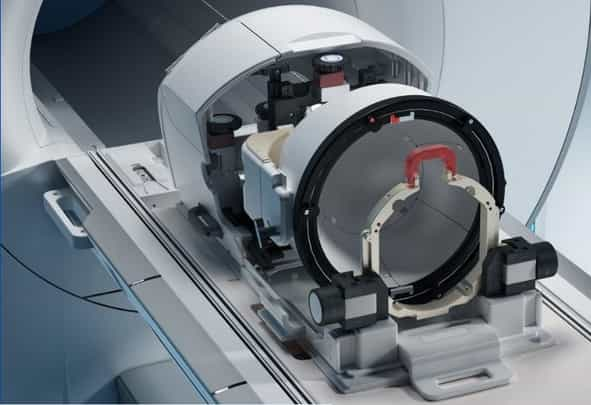
Exablate Neuro Model 4000 type 1.0 and 1.1 system. It uses ultrasound waves to treat some movement disorders along with medications. This device combined with MRI guidance produces high ultrasound waves to target and destroy small areas of brain tissue that are responsible for abnormal symptoms. This device is approved by the US FDA for the diagnosis of tremor and PD.
According to the Parkinson’s Foundation as of 2021 approximately 1 million people in the united states and worldwide more than 10 million people are affected with Parkinson’s Disease. Approximately each year 60000 new case are diagnosed with PD in united states.
A Survey conducted in 2020 reported that 1.2% of the population of age 65 and more than age 65 has been diagnosed with PD, and this number increased 3.2% for those aged 85 and more.
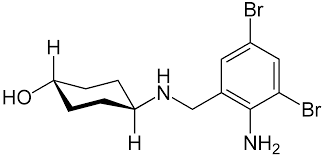
Ambroxol is a cough medicine that is being studied as a potential treatment for Parkinson’s Disease. In 2020 a Phase 2 clinical trial showed promising result. And now in 2023 a larger Phase 3 clinical trial is about to start to see if Ambroxol can slow the Parkinson’s Disease. This trial is a collaboration between Cure Parkinson’s and Various stake holders and will be led by Professor Anthony Schapira at UCL. This study is the first of its kind and could potentially led to new treatment for Parkinson’s Disease.

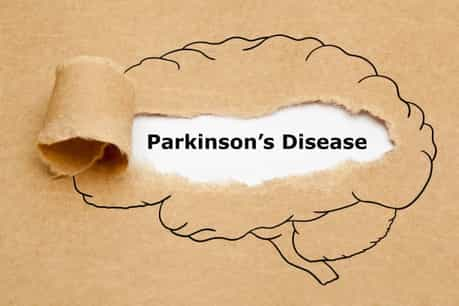
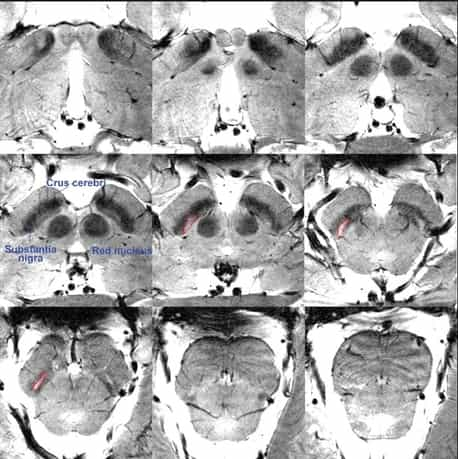

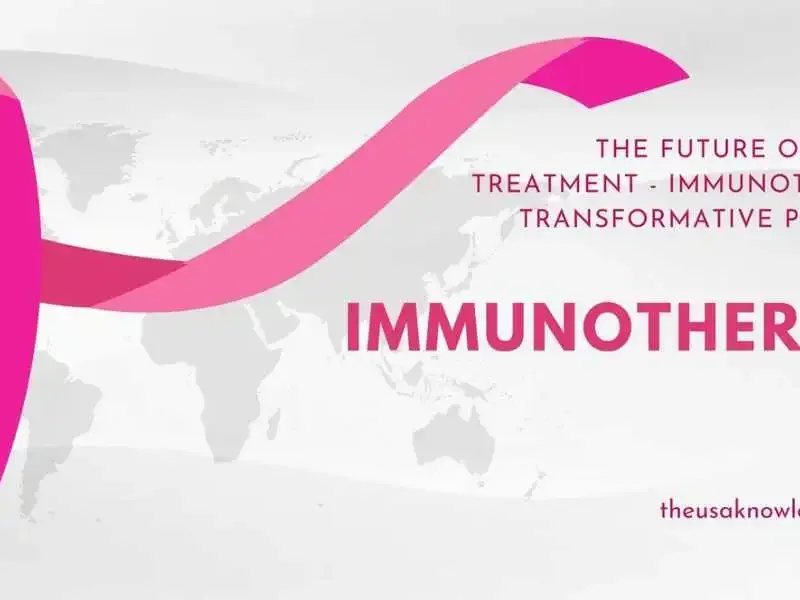
Nice Article
I am currently writing a paper and a bug appeared in the paper. I found what I wanted from your article. Thank you very much. Your article gave me a lot of inspiration. But hope you can explain your point in more detail because I have some questions, thank you. 20bet